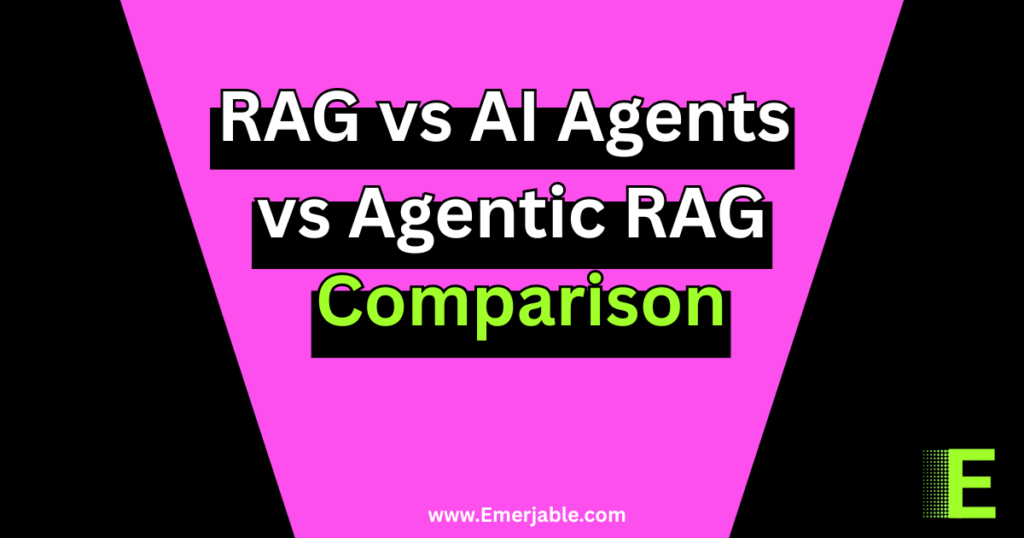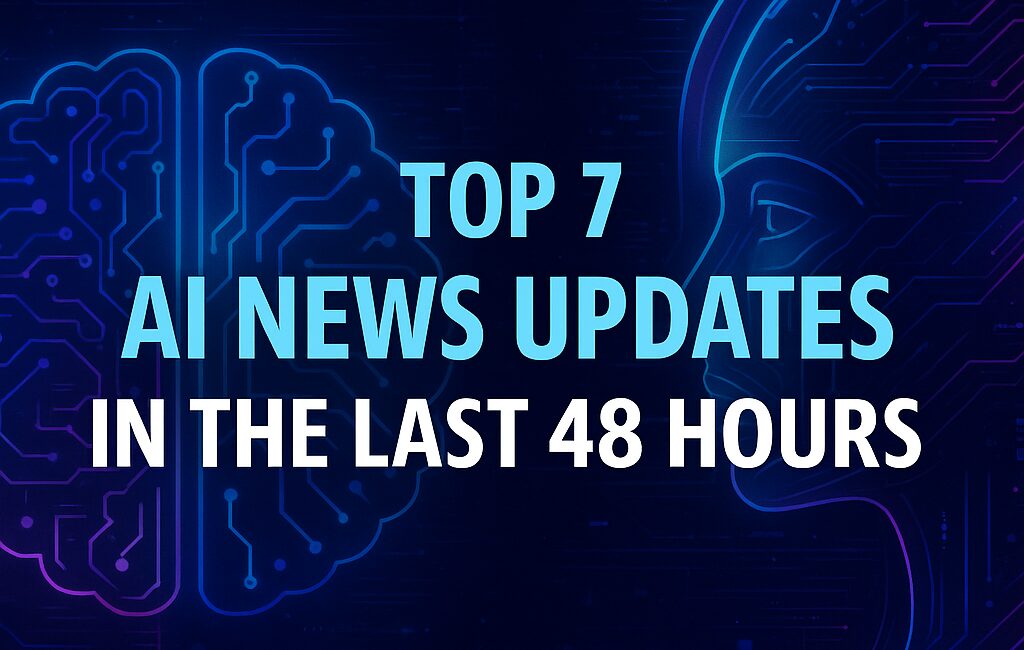Llama 4 Multimodal AI: A Smarter, More Versatile Assistant
Meta’s Llama 4 is the next big leap in artificial intelligence. Unlike standard AI models, Llama 4 is multimodal, meaning it can understand text, images, audio, and more—just like humans do.
In this article, we’ll break down:
✔ What makes Llama 4 special
✔ How multimodal AI works
✔ Why this is a game-changer for businesses and developers
What Is Llama 4 Multimodal AI?
Most AI models (like ChatGPT) only process text. But Llama 4 goes beyond by analyzing:
- 📝 Text (articles, code, conversations)
- 🖼️ Images (photos, diagrams, memes)
- 🎤 Audio (voice commands, music)
- 📊 Data (charts, spreadsheets)
This makes it smarter and more adaptable for real-world tasks.
How Does Multimodal AI Work?
Llama 4 uses advanced deep learning to connect different types of data. For example:
- You can upload a photo and ask questions about it.
- It can listen to a voice note and summarize it in text.
- It can analyze a graph and explain trends.
This makes it useful for:
✅ Customer service (faster, more accurate responses)
✅ Education (interactive learning with images & audio)
✅ Content creation (generating visuals + text together)
Why Is Llama 4 a Big Deal?
- More Natural Interactions – Works like a human assistant.
- Better Problem-Solving – Understands complex requests.
- Faster Workflows – No need to switch between tools.
Meta is making Llama 4 open-source, meaning developers can customize it for apps, websites, and business solutions.
Final Thoughts
Llama 4’s multimodal intelligence is a huge step toward AI that thinks like us. Whether you’re a developer, business owner, or just an AI enthusiast, this technology will open up new possibilities.
Meta Llama 3 Deep Dive: Full Comparison of Llama 1, 2 & 3 (Specs & History)
Want to try it? Check out Meta’s official Llama 4 blog post for details.



